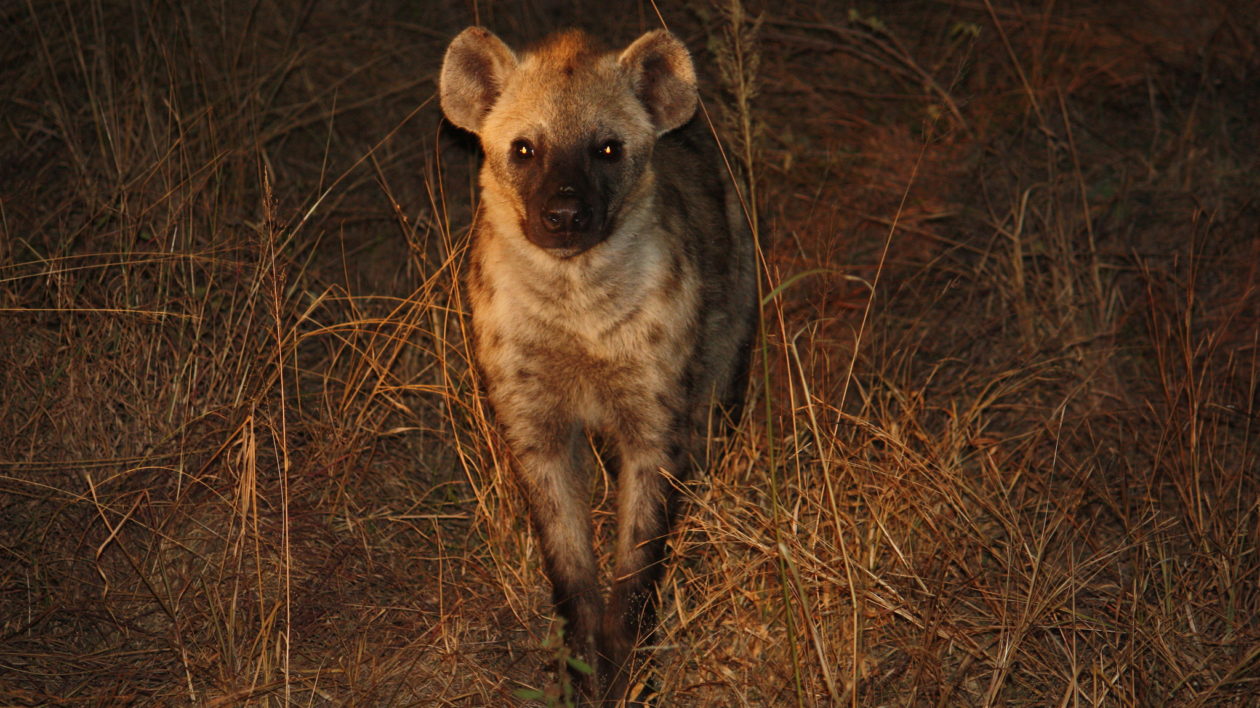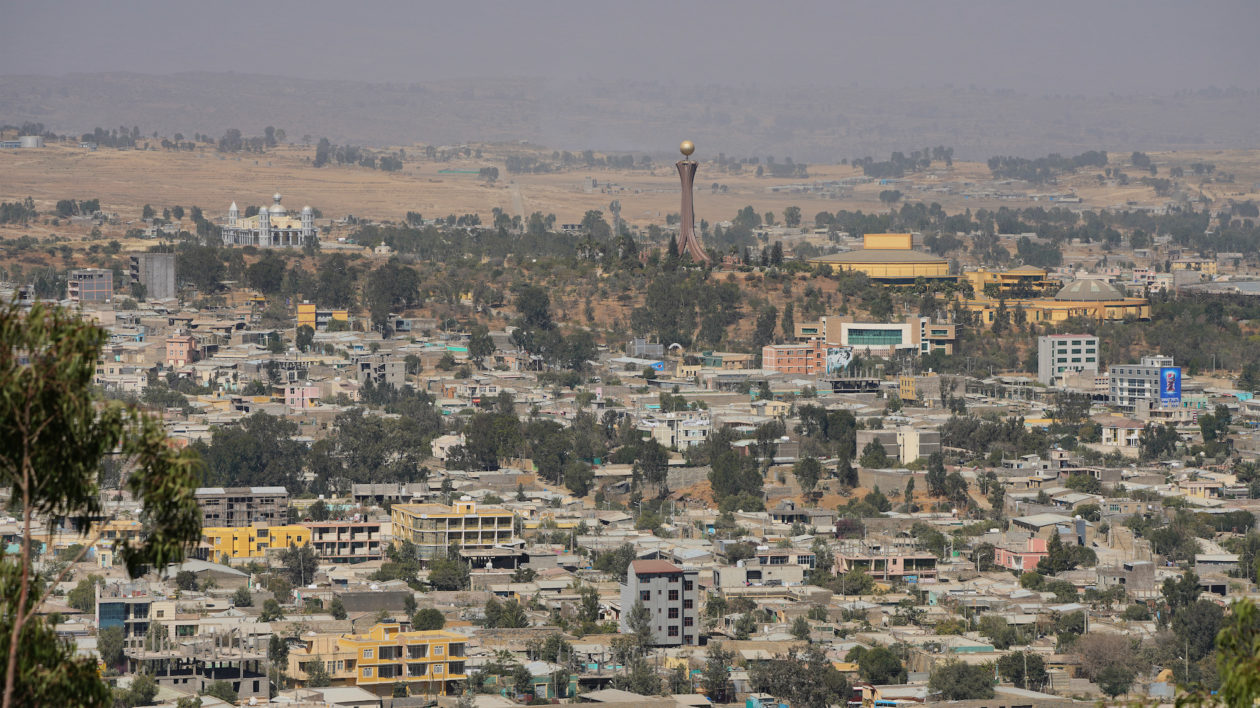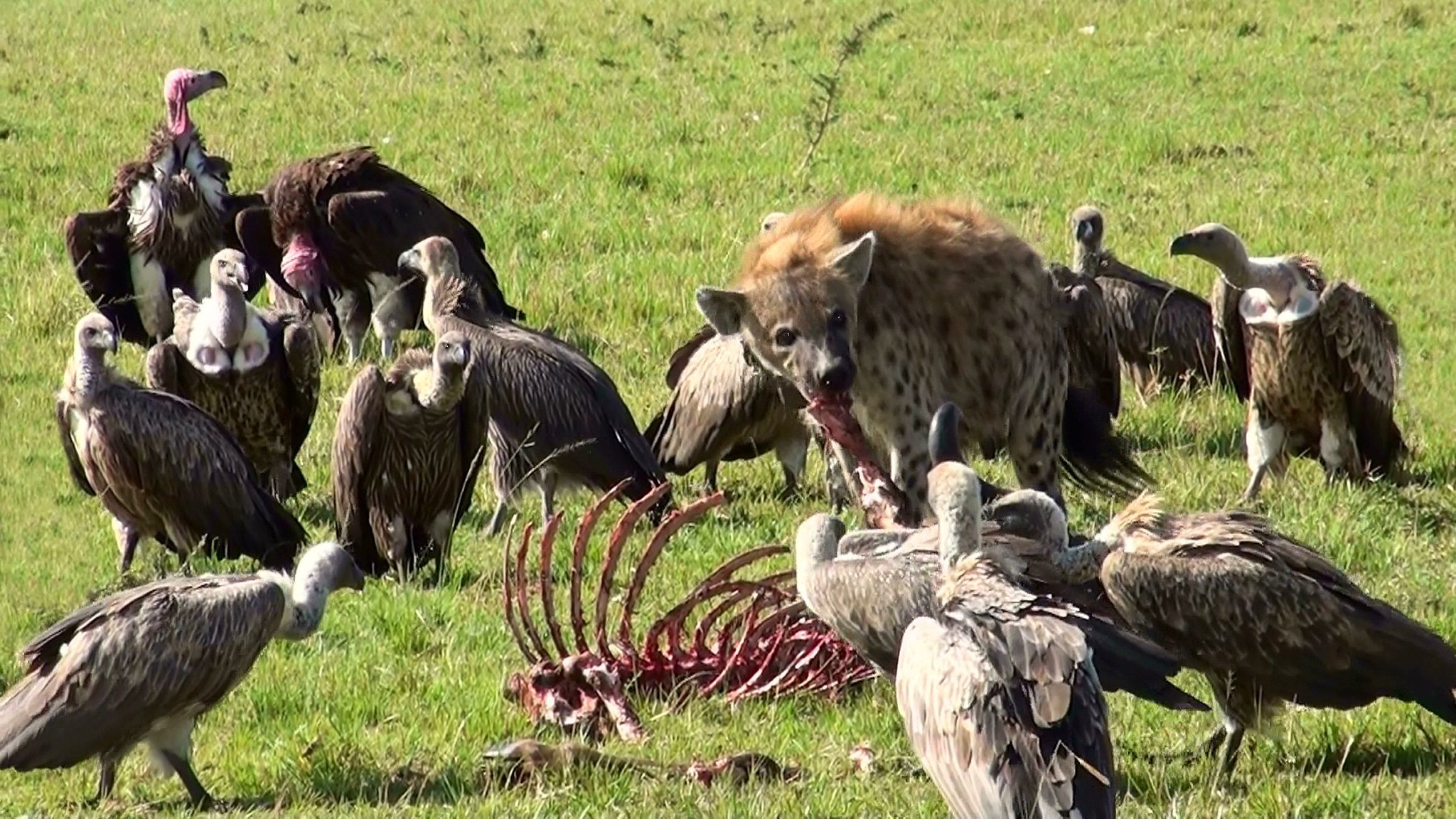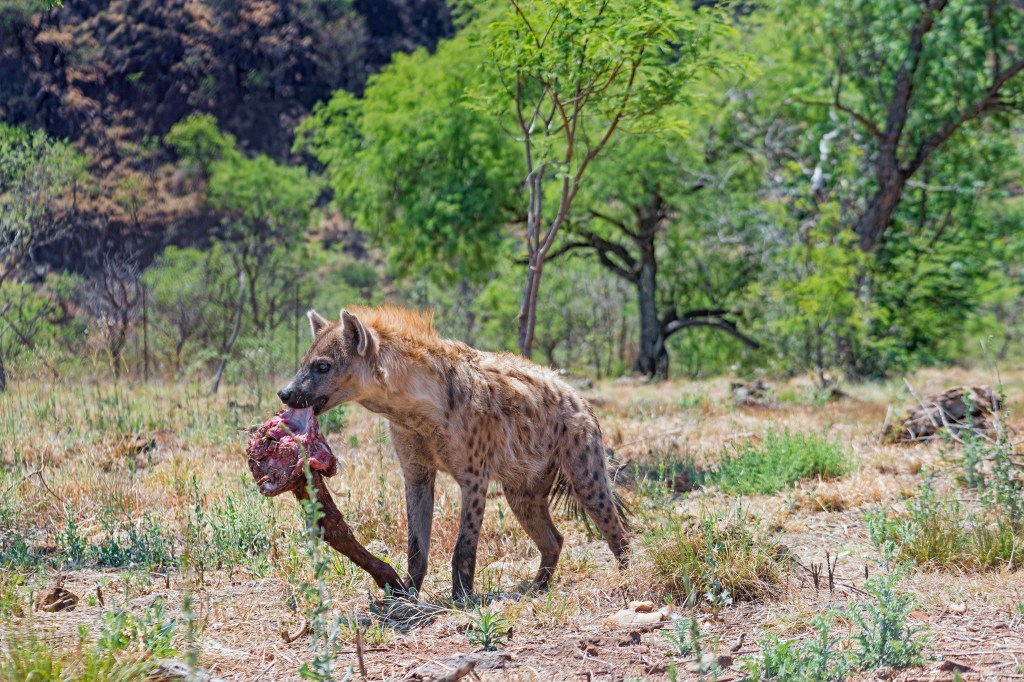Chinmay Sonawane sits by garbage in Africa. And add flip flops and hyenas to the dark night in the dump. Always hyenas, but flip flops only once.
“I started to notice needles when I arrived that first day in flip flops,” says Chinmay Sonawane, a Stanford University Ph.D. student. “My attire quickly changed.”
He changed shoes, but not subjects. He embraces spotted hyenas but not literally. Anyone in hyena territory at night doesn’t have a free hand for hugging. Their palms, and possibly their pockets too, are full of rocks.
“People don’t walk around or travel at night,” Sonawane says. “If people have to be out, they have rocks in their hands when they’re walking a dirt road on the outskirts of town. Hyenas are a dangerous animal to be around, but attacks are usually not fatal.”

Sonawane studies predators, their influence on ecosystems and their positive impact on people. It’s something most of us don’t expect from the carnivorous wild, but humans living in harmony with hyenas serves a significant positive purpose. It reduces disease.
“There’s an actual scientific benefit,” he says. “Traditionally, the narrative about carnivores is focused on negative interaction. I focus on the positive interaction instead. Devilify the villain.”
In the Ethiopian city of Mekelle the non- villains are hyenas. Their positive interaction is waste consumption. They sanitize cities. That’s why Sonawane sits in the dump at night.
According to the African Wildlife Foundation, hyenas are the most common carnivore in Africa and there are three species: spotted, brown and striped. Sonawane’s subject of choice is spotted. They live up to 20 years in the wild and can tip the scales clear up to 175 pounds. They also see and hear well in the dark, perfect for their trip-to-town-at-night arrangement with Mekelle.

Mekelle is a city in northern Ethiopia that’s home to about 120,000 livestock and 310,000 people. Those people carry rocks as weapons, but they don’t plan on throwing stones unless they have to defend themselves.
“People use town during the day but at night, hyenas come from natural areas around town into the city to feed on carcass waste left out by people,” Sonawane says. “When a big animal dies, that’s usually left on the street. It’s a big pain to move something like a horse carcass. That’s when the hyenas come in.”
Sonawane studied this harmonious relationship in summer 2019 and recently published his findings in the British Ecological Society Journal of Applied Ecology. He chose to station himself at the dump instead of on the street because of the dump’s higher concentration of waste consumption potential. He arrived nightly, shortly after his own dinner time. He’d weigh the waste then wait for hyenas to arrive hungry. Hyenas, with their cackle call similar to the sound of a hilariously human, full-belly laugh, are always hungry.
“The landscape around town is completely stripped of wildlife,” Sonawane says. “Hyenas can either hunt livestock, which they have, or scavenge on the waste thrown out by the people. Waste is easy and there’s usually plenty.”

Hyenas, sometimes a few other times a few dozen, arrived shortly after Sonawane. They’d feast until midnight then he’d weigh what was left, which often times would be nothing but the biggest bones connected to the spine. A clan of hyenas can eat a dead horse in 60 minutes, essentially eliminating the bacteria and disease it carries.
The other measurements he collected were number of hyenas within three miles of Mekelle (210) and disease caseload. Anthrax and bovine tuberculosis are common culprits in the region, killing about 6,000 humans and 500,000 cattle annually.
His data combination led to shocking results. The 210 hyenas eat 207 tons of waste every year. That in itself is a positive discovery. Now add disease. By eating all that waste, hyenas prevent five anthrax and bovine TB infections in humans plus 140 infections in cattle, sheep and goats annually. And they save the town more than $52,000, by reducing treatment costs and livestock loss. That’s why those stones in hand are last resort. The predator is a positive.
“Hyenas in particular are probably the most vilified predator we know of. They get even less love because they’re less charismatic than wolves and lions,” Sonawane says. “But hyenas are providing benefits. That’s why their existence has been tolerated for hundreds of years. If we can demonstrate this in other parts of the world, hopefully it will motivate others to keep predators around.”




I am referring and linking this article to the previous one on leopards consuming feral dogs in India.
I think the hyenas are valued because they consume trash, including disease ridden animals. I don’t think it’s a perfect system by any means, but the hyenas are performing a needed service to the city and the humans in the city value them for it.
The leopards in the previous article are performing the same service.